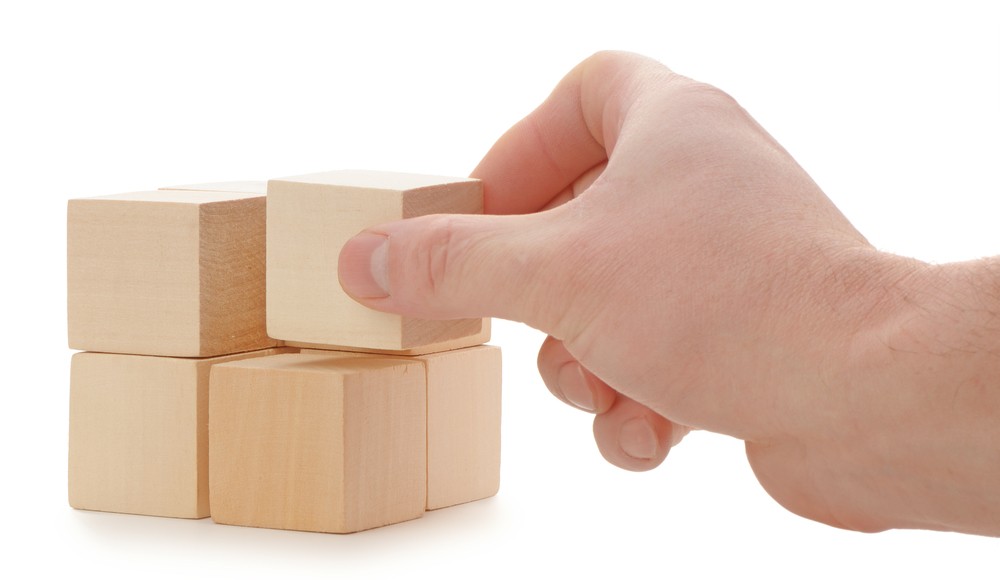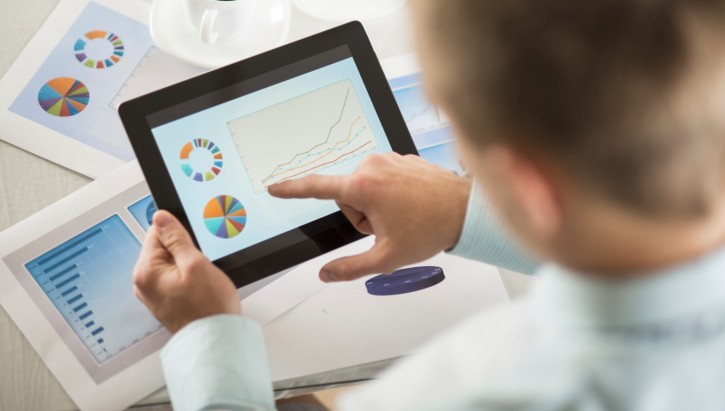Exchangetraded funds (ETFs) a stepbystep guide
Post on: 27 Сентябрь, 2015 No Comment

Jasmine Birtles
Katrinakatrina/Flickr
I like Exchange-traded Funds (ETFs). Theyre cheap, pretty easy to buy and sell, and they work. They havent been around for very long so people are only just beginning to catch on to them which is a good thing because it means that if you get in now you can make some good money before everyone else piles in.
What are they?
Why are ETFs a good investment?
Firstly because theyre cheap, and investment specialists say that one of the biggest factors affecting the health of your investments is the annual charges. When the charges are low it really helps your fund grow each year. Also, theyre quite simple. There arent lots of complicated layers and structures in them. They just invest directly into a stock market index or into a specific commodity (like oil or sugar or steel), or even into a particular country (like Russia or India). Their price is updated every 15 seconds, so they accurately reflect the market when you buy or sell them. Many other traditional fund investments are only updated once a day.
How do they work?
ETFs are like a bag into which you can put your choice of simple investments. This bag is a company in its own right that is traded on the stock market. Here are a few common questions asked about ETFs:
- Is there a minimum amount to invest? Not really. You only have to buy one share to be involved in the fund, but obviously the shares differ in price.
- Is there a minimum amount of time to invest? No, they’re very flexible. You can leave your investment in for as long or as short a time as you like.
- Are the online brokers discretionary (i.e. do they give you advice on what to buy?) No, they only do what you want (i.e. they dont give offer advice and then charge for their expertise). This is why their service is cheaper. You read up about these funds (in this article) and just tell them online to go get em!
- Do you need any specific information about them before you can invest? You need the code for the ETF that you want to invest in, which can be found on the search function of the broker’s site that youre using. The main investment companies that offer ETFs are iShares which have a lot of ETFs that track stock market indices in particular and ETF Securities which specialise in commodities ETFs.
- Which online broker should I use? We like TD Direct Investing for buying and selling your ETFs.
How do I set up my ETF?

Ok. First, youll need to set up an account with a broker. Its free to register with them and you dont have to buy anything immediately once you have your account. You can join now and wait for months before you invest in anything. However, once you do trade it will be very cheap to buy and sell ETFs and you will have constant access to your stock. If you use TD Direct Investing its straightforward to register, although you will have a few online forms to fill in. Heres how you join:
- Go to the homepage and click on the What you can invest in sub heading on the main page.
- Then click on the yellow Set up account online button. A new window will open displaying the conditions of trade.
- First you have to show that:
- You are a private individual aged 18 or over
- You are a UK resident
- You are a British national
5. Then you will need:
- Your address details for the past three years
- Your debit or switch card details
- Your National Insurance number
6. The page after this information will ask for your country of residence, whether you have an existing TD Direct Investing account number, and what kind of account type you want (I suggest you go for a basic trading account to start with). Your password can be delivered by post or email. You will also have to say whether you work in the financial services industry and whether or not you need to submit copy contract notes to your employer. 7. The next page asks what type of Isa youre looking for (if you want to put your ETF into an Isa to protect it from tax), and it explains something about the differences in their accounts. They go on to explain their responsibility to your personal information. 8. There follows a few pages that you have to fill in with your personal information. They will want your debit card details in order to protect against fraud, where you work and how long for, and your home address and tenancy status. After filling in all these pages they will thank you and get back to you within 48 hours confirming whether or not they can trade with you. 9. Once you have an account, you can credit it with a money transfer, invest in your ETF, and start to make some investments that will pay dividends!
How do I choose an ETF to buy?
The ETFs that most people buy in the UK are those produced by iShares which are index-tracking funds. In other words, they track a particular stock market index. If you look on the iShares site and click on the iShares funds button you will see a list of all the funds they do.
- The most common iShare in the UK at the moment is the iFTSE 100 which tracks the FTSE 100 index.
- Another popular ETF is the iShares S&P 500, which tracks the S&P 500 index in the United States. If you are looking to invest cheaply and easily in the US economy then this is a good way to do it.If you were interested in investing in a vibrant economy like Brazil, you could consider the iShares MSCI Brazil fund. If you wanted to invest in the Chinese economy you could try the iShares FTSE/Xinhua China 25 (FXC).
- We like the iShares Corporate Bond Exchange Traded Fund for investing in bonds.
Once you have decided which one you want to invest in, make a note of the code for that fund and look for it in the TD Direct Investing list. You could also be even more adventurous and invest in a commodities ETF. A company called ETF Securities specialises in commodity-based ETFs. They have funds that invest in gold, metals, oil and even livestock (want to invest in cows and pigs?).
- Have a look on the site and on the right-hand side of the page under Our Securities you will find a list of the different types of funds they run.
- Click on the + sign for the area you like (say agriculture) and you will see a list of the specific funds they have in that sector. These funds all have codes which are what you will need to quote online to your broker when you want to invest in them.
- If you want to invest in gold, for example, there is the ETFS Physical Gold £ (PHGB) fund.
- If you are interested in investing in oil as a commodity you might consider the ETFS Crude Oil .
Dont forget to protect it from tax if you can
You can save a lot of money over time by using ISAs – tax-saving wrappers – to protect your money from tax. ISAs are not products in themselves, they’re like wrappers into which you put an investment and that wrapper stops you having to pay tax on anything you make. With a Cash ISA. effectively you set up a savings account (with a building society or bank) but when you get your interest, the government won’t take tax out of it. With shares ISAs, if your investment grows, you won’t be taxed on that growth. We all have an ISA allowance each tax year (April 6 th Year One to April 5 th Year Two), which is essentially a limit on how much money you can contribute to your ISA in any single tax year. Really, ISAs were set up to encourage people to invest for the long term, which is why the government allows us to put the full ISA allowance into shares but only half that amount into cash. This is because the government knows that long term, shares offer us a much better chance of making money for our retirement than cash does. With ETFs you could have what’s called a ‘self-select ISA’ where you get an ISA ‘wrapper’ and then put your fund inside it.
How do I track the progress of my ETF?
You can follow them in the mainstream financial press such as the Financial Times, or on teletext, and of course on the internet, just as you might follow any other stock. Note: Jasmine has invested in a FTSE 100 ETF. Click here to check out our selection of free eBooks and brochures for more useful information .














